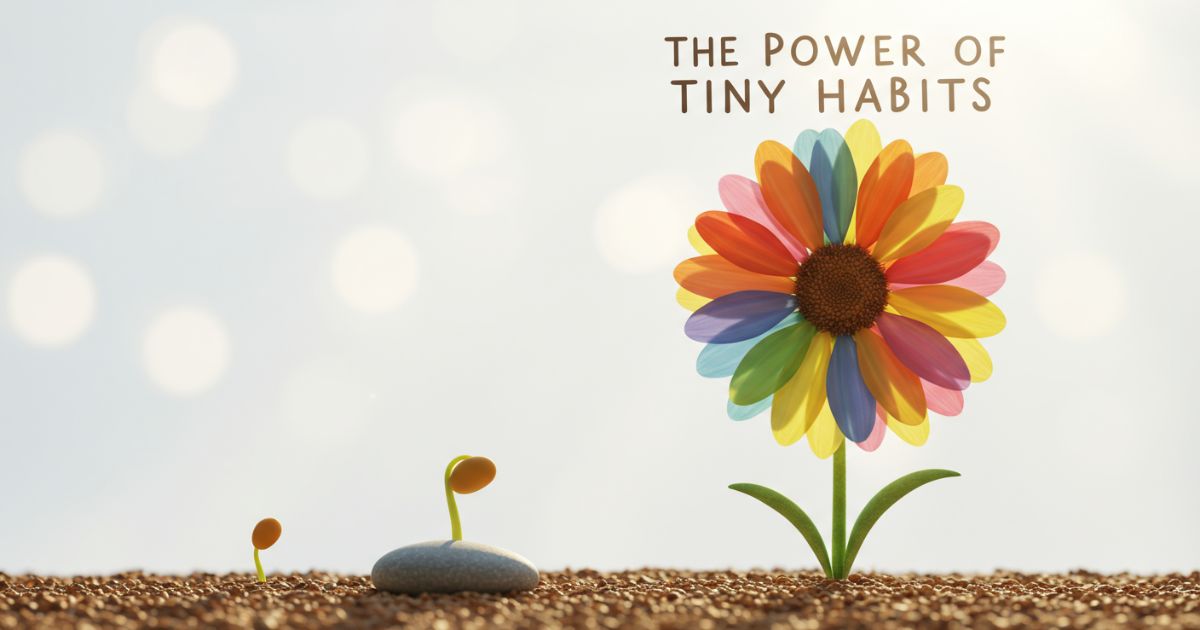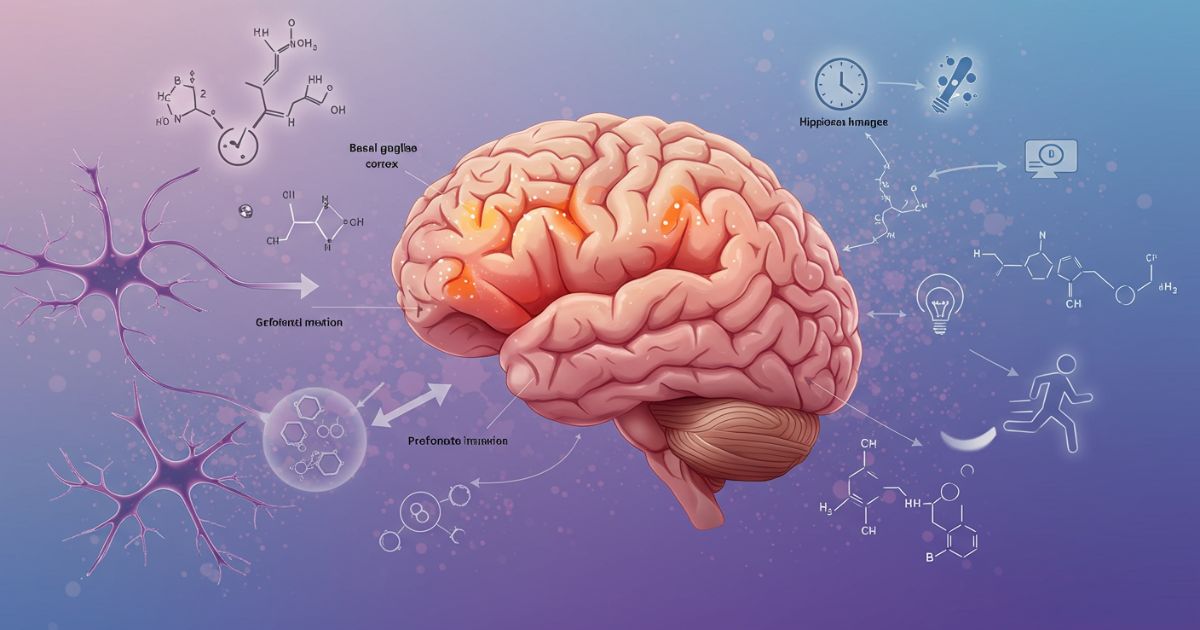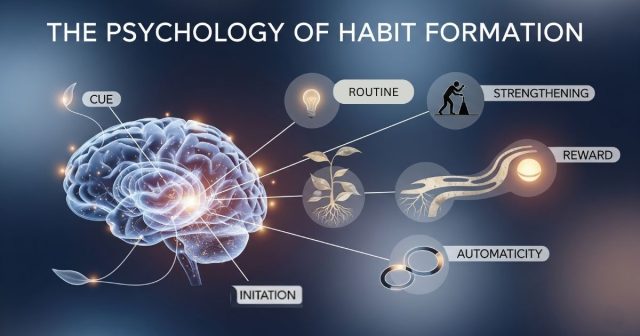Everyday habits may seem small and mundane, but science shows they wield remarkable power over our health, productivity, and overall well-being. Tiny, consistent actions—whether drinking a glass of water each morning, taking short walks, or dedicating ten minutes to focused work—accumulate over time to create profound, lasting changes. By understanding the principles of habit formation and behavioral science, you can design micro habits and routines that align with your goals, reinforce positive behavior, and minimize friction. Techniques like habit stacking and intentional planning boost productivity and make consistency easier. It’s not about dramatic overnight transformations; it’s about harnessing the compounding power of small steps to achieve big results.
The Psychology of Habit Formation
Habits are automatic behaviors triggered by specific cues in our environment. They evolve through repeated practice until they become effortless. Psychologist William James described habits as the “flywheel of society”—once set in motion, they keep us moving forward with minimal effort. Modern research breaks habit formation into a three-step loop: cue, routine, and reward. The cue tells your brain to go into automatic mode; the routine is the behavior itself; and the reward delivers a benefit that teaches your brain to remember the loop for the future.
Understanding the Habit Loop
According to Charles Duhigg, author of The Power of Habit, every habit follows the same pattern. First comes the cue: a trigger that initiates the behavior. Next is the routine: the action you take, which can be physical, mental, or emotional. Finally, there’s the reward: a positive stimulus that reinforces the behavior and makes it more likely to occur again. By dissecting each component, you can intervene and reshape undesirable routines or create new, beneficial ones.
The Role of Environment and Context
Your surroundings have a powerful effect on your habits. Out of sight often means out of mind. For example, keeping healthy snacks in clear view increases the likelihood you’ll choose them over junk food. Conversely, storing your phone in another room reduces mindless scrolling. By strategically arranging your environment, you can make good habits easier and bad habits harder. Clear visual cues, organized workspaces, and designated habit zones all work to support your desired behaviors automatically.
The Power of Tiny Habits

Behavior scientist BJ Fogg advocates the Tiny Habits approach: break down big goals into minuscule, non-intimidating steps. Want to meditate for 20 minutes? Start with just two breaths on your meditation cushion each morning. Craving daily exercise? Do one push-up after you brush your teeth. These tiny actions take seconds but reinforce the identity of someone who follows through. Once the tiny habit is cemented, you can gradually expand its duration or intensity without derailing your progress.
Implementation Intentions and Habit Stacking
Two powerful techniques—implementation intentions and habit stacking—help bridge the gap between intention and action. Implementation intentions involve creating a clear plan: “When situation X arises, I will perform behavior Y.” For example, “When I finish lunch, I will take a 10-minute walk.” Habit stacking pairs a new habit with an existing one: “After I pour my morning coffee, I will write down three things I’m grateful for.” By anchoring new routines to established ones, you leverage existing neural pathways to automate behaviors quickly.
Overcoming Common Pitfalls
Even the best-laid plans can derail. Common obstacles include setting unrealistic goals, relying solely on motivation, and ignoring accountability. Motivation fluctuates; discipline and design are more reliable. To avoid overwhelm, start small, celebrate every win, and iterate on your approach. Track your progress with simple tools like habit trackers or journals. Share your goals with friends or online communities to build support and accountability. When you falter—and you will—view setbacks as data, not failures, and adjust your strategy accordingly.
The Neuroscience of Habit Change
 Habits are etched into the basal ganglia, a deep brain structure responsible for routine behaviors. Changing a habit requires forging new neural pathways through repetition and consistent rewards. Dopamine, the brain’s “feel-good” neurotransmitter, plays a key role. Eyeing a reward triggers dopamine release, which motivates you to complete the routine. Over time, the anticipation of reward cements the habit loop. To hijack this process for positive change, identify healthy rewards—like a short walk, a piece of dark chocolate, or time with a loved one—that your brain will connect with the new routine.
Habits are etched into the basal ganglia, a deep brain structure responsible for routine behaviors. Changing a habit requires forging new neural pathways through repetition and consistent rewards. Dopamine, the brain’s “feel-good” neurotransmitter, plays a key role. Eyeing a reward triggers dopamine release, which motivates you to complete the routine. Over time, the anticipation of reward cements the habit loop. To hijack this process for positive change, identify healthy rewards—like a short walk, a piece of dark chocolate, or time with a loved one—that your brain will connect with the new routine.
Real-Life Success Stories
- James Clear: The author of Atomic Habits went from a high school athlete recovering from injury to a best-selling author by focusing on 1% improvements. His tiny habit experiments included writing just 50 words a day, which eventually led to published chapters.
- Mel Robbins: After battling anxiety and stagnation, Robbins used her 5-Second Rule—the simple prompt to move within five seconds of an idea—to kickstart action across her career, from public speaking to launching a podcast network.
- Darren Hardy: The publisher of Success magazine attributes daily journaling and gratitude routines for turning early business failures into long-term achievement. His habit of reviewing goals each morning keeps his productivity peaks sharp.
Practical Steps to Build Better Habits
Ready to harness the science of habits? Follow these steps:
- Choose one small habit that aligns with your values—no more than 30 seconds to start.
- Pair it with an existing routine (habit stacking) and define a clear cue.
- Select an immediate, satisfying reward to reinforce the behavior.
- Track your progress daily with a simple journal or app.
- Review results weekly, adjust the cue or reward as needed, and celebrate wins.
Conclusion: Small Steps, Big Impact
Every grand achievement starts with a single step. By understanding and harnessing the science behind everyday habits, you empower yourself to make lasting changes—whether that’s improving health, boosting productivity, or fostering deeper relationships. Just as color psychology reveals how the hues around us influence mood, focus, and behavior, small, intentional habits can shape your daily life in subtle but powerful ways. Remember: it’s not about overhauling your life overnight; it’s about designing simple, sustainable routines that align with your goals and values. Start today with a tiny action. Before you know it, the cumulative effect of these small steps will transform your life in ways you never imagined.
Ready to begin? Identify your first tiny habit, set your cue, and track your progress. Your future self will thank you for the compounding power of small, consistent actions.









